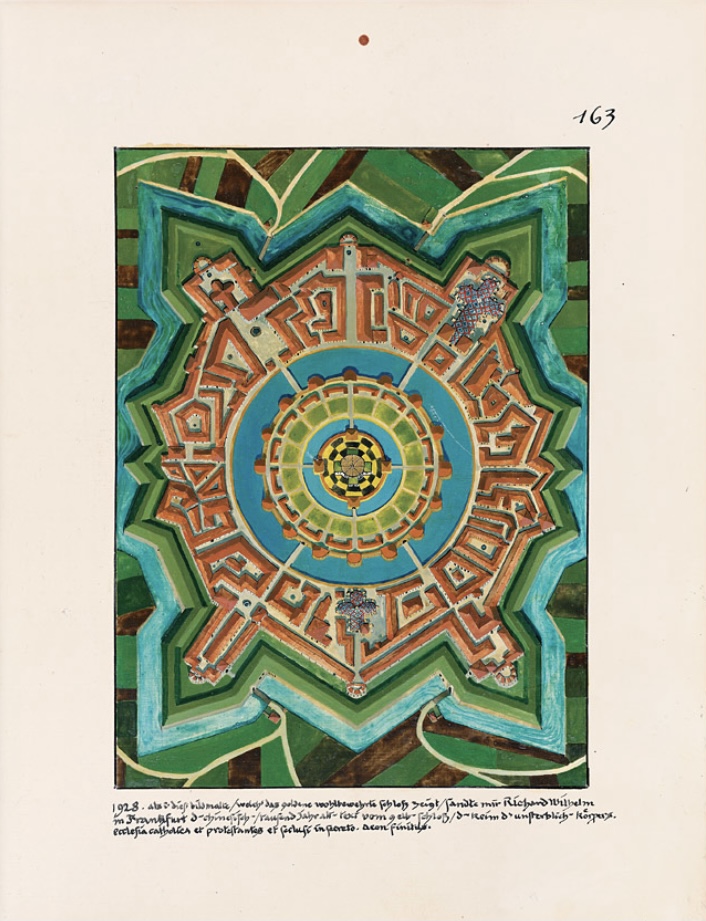Pyres Of Birds
Imagine this: you are omnipotent and omniscient but deeply flawed by the absence of genuine love. Just because you are so powerful and all-knowing you cannot love, nor be loved freely, and you have feelings about that knowing that to be genuinely, authentically loving and loved you have to relinquish your knowledge, power and control […]






